All America knows of the Marsalis family of New Orleans, be it the popular progeny, Wynton and Branford, or their father, jazz pianist and educator Ellis Marsalis Jr. But the family talent isn’t limited to that trio. Delfaeyo Marsalis is a well-respected performer, band leader, and educator in his own right. And, as a trombonist, it should come as no surprise that his band evokes New Orleans perhaps more than anyone else from the family. As Jeff Simon of The Buffalo News notes, “Delfaeyo is, in many ways, the most fun of the Marsalises. He’s the family trombonist. And record producer. And he seems to be the family wise-guy too.“
He and his Uptown Jazz Orchestra will be bringing some classic New Orleans brass band, jazz, and funk jams to the Germantown Performing Arts Center (GPAC) this Saturday, November 19. In this far ranging phone conversation, he shares his thoughts on the importance of danceable jazz, music education, and other subjects with the Memphis Flyer.
Memphis Flyer: The trombone is a unique horn in jazz, isn’t it? Like a bass, it has no fixed tones; the pitch is fluid. It forces you to zero in on your pitch and tone.
Delfeayo Marsalis: That’s a good way to say it. Fluid. And that’s one of the trademarks of the New Orleans sound. You can hear the guys playing on the brass bands, blowing loud, but you know, they’re right on top of that pitch.
When did you first pick up the trombone?
By the time I got to sixth grade, I decided to play it. In New Orleans, a lot of folks started really young. It was the thing we were doing back then, playing instruments. Much less so today. A lot of folks were in the band; we had a lot of great teachers. It’s very different today, but I guess it comes and goes.
Where did you study music in your youth?
We went to an arts school, the New Orleans Center for Creative Arts. And that was really a decided advantage. We were being taught on the college level. Terence Blanchard, Donald Harrison, Harry Connick Jr., Trombone Shorty, and of course myself and my brothers, all went to the same place. And that was kind of an incubator. It’s gotten tougher since my dad left. My dad was there until about 1985 or ’86. Then he went to Virginia for two or three years. Then he came back to teach at the University of New Orleans. The Center for Creative Arts is still there, but they changed it a lot. It became more of a money-making factory. The first thing they did was get rid of all the teachers, and bring new teachers in. So it’s thriving, it’s got a multi-million dollar building, the state took it over. But as far as the output of the students, it’s tough. It’s way tough.
What’s the focus of the workshop program you’re involved with, Swinging with the Cool School?
Swinging with the Cool School is designed for non-music majors. It’s a way to introduce all students to jazz. We do a workshop and talk about the music we play, give them an idea of some of the earlier styles. Play some more modern music, funk-based. So that’s the idea there. I am in discussions with folks about getting more of a school program going. But somebody’s got to do the work! That’s what it comes down to. But hopefully we can inspire some kids to really dedicate their lives to it.
You also champion the idea of ‘riff-based’ jazz.
Oh yeah, I love it. The older great musicians all grew up playing a riff-based form of music. Usually it was R&B, or jump blues. Something like “C Jam Blues” is a riff. It’s the greatest song ever composed; I don’t know of a greater song than that, in the history of music. There’s no other song that requires only two notes, and by learning that riff, that tells you everything you need to know. I mean, they’re swinging! And you’re going, “Oh my God, how’d he come up with that?”
So now students are learning how to read, they’re learning their scales, but for me, the music doesn’t have the same feeling, the same soul. The older musicians grew up playing songs that are similar to “C Jam Blues.” It’s really about the dance, the dance element. I was just playing with a drummer, and I asked him,”Man, when we play a tune that swings, are you thinking about getting folks to dance?” And he’s like, “No.” But he is a brass band drummer, so he knows what it means to make people feel good with the music. The issue with how many students learn jazz is that it’s totally separate from anything else in their lives. It’s almost like learning a foreign language. And we’re trying to bring it to a place where all this music is related. The dance element is the link that binds all American music together.
Except for ballads. I guess there’s always slow dancing.
Yeah! And the drummer, Baby Dodds, who played with King Oliver and Louis Armstrong, reportedly said that when they played dances with King Oliver’s band, they played so soft that you could hear the peoples’ feet on the dance floor. The music was initially about entertaining your audiences. And it’s turned into something else at this point. If the audience is entertained, that’s good, but that’s not the primary resolve for a lot of guys and gals playing music today. But that’s what the Uptown Jazz Orchestra is doing.
Listening to Jazz Party, your 2020 album, it seems like there’s plenty of room to combine danceable riffs with very musically interesting stuff.
It’s a very important aspect of the music. You know, we have so much access to music all around the world. And there’s great music. But just because someone plays music that has improvisation, you can’t just say, “This is jazz.” It’s not a bad thing that it’s not jazz, but don’t call it jazz just because there’s improvisation there. At the heart and soul of it, you’ve got to have that homage to Louis Armstrong and Charlie Parker. You don’t have to play what they played, but you have to know what they played. Because there’s improvisational music all over the world. What makes jazz different is the blues, the swing and the groove. And we’ve got plenty more of that coming. That’s what it’s about!
Do you have a new release on the horizon?
Yeah, in fact we’re releasing a CD in 2023 that’s going to have Mardi Gras tunes, and that’s the New Orleans sound. When people think of New Orleans music, the sound of New Orleans, it’s not really the brand of jazz that my family actually plays, in a generic sense. Because we’ve all made lots of different recordings, but the modern jazz sound, which is what my dad played and what we all kind of have at our core, that’s not really what you think of when you think of the New Orleans sound. So we like to utilize that, but also bring in that classic Fats Domino, Professor Longhair. That’s the core of New Orleans to me.
Can we expect some of that when you play GPAC?
Oh yeah, oh yeah. We like to play a wide range of styles. So we’ll have that Fats Domino sound, some Dirty Dozen Brass Band songs, and of course our own modern material, and what you might consider the classic swing tunes. Roger Lewis was one of the founding members of both the Dirty Dozen Brass Band and the Uptown Jazz Orchestra. He’s been a crucial member. And so we play some Dirty Dozen songs.
I love that line from an album by your brother Branford, usually attributed to you: “To obtain more wood sound from the bass, this album recorded without usage of the dreaded bass direct.” Is that part of keeping it old-school with you?
Well, we’ve got an electric bass on some of the tunes. So we’re changing it up. When I said that and did that back then, it was very important. If you’re recording acoustic bass, I think it’s important to have an acoustic sound. But now we have the electric bass on some of the songs, because some sounds, you just can’t get from the acoustic. It’s like life itself. It keeps going. It’s a continuum. We use the lessons that we learned. We’re trying to solve some new problems.
And we’ll be joined by two Memphis musicians: James Sexton on drums, and Alvie Givhan on piano. We’re playing in Memphis and then in Fayetteville, Arkansas, and they’ll be on both shows. Also, when we have rehearsal, there’s a youth jazz orchestra that’s going to come. And they’ll have an opportunity to sit in on the rehearsal and learn some of this riff music with us. We like kids to have an opportunity to learn what it’s like first hand. That’s a crucial part of it, and we were fortunate enough when we were coming up that folks gave us an opportunity, so we want to pay it forward.

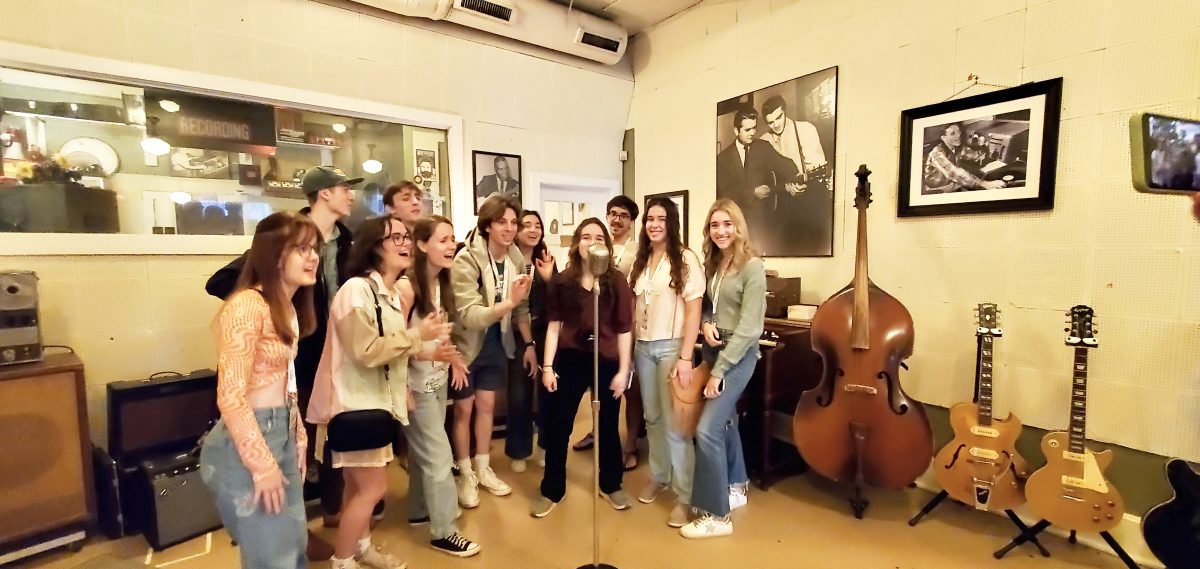
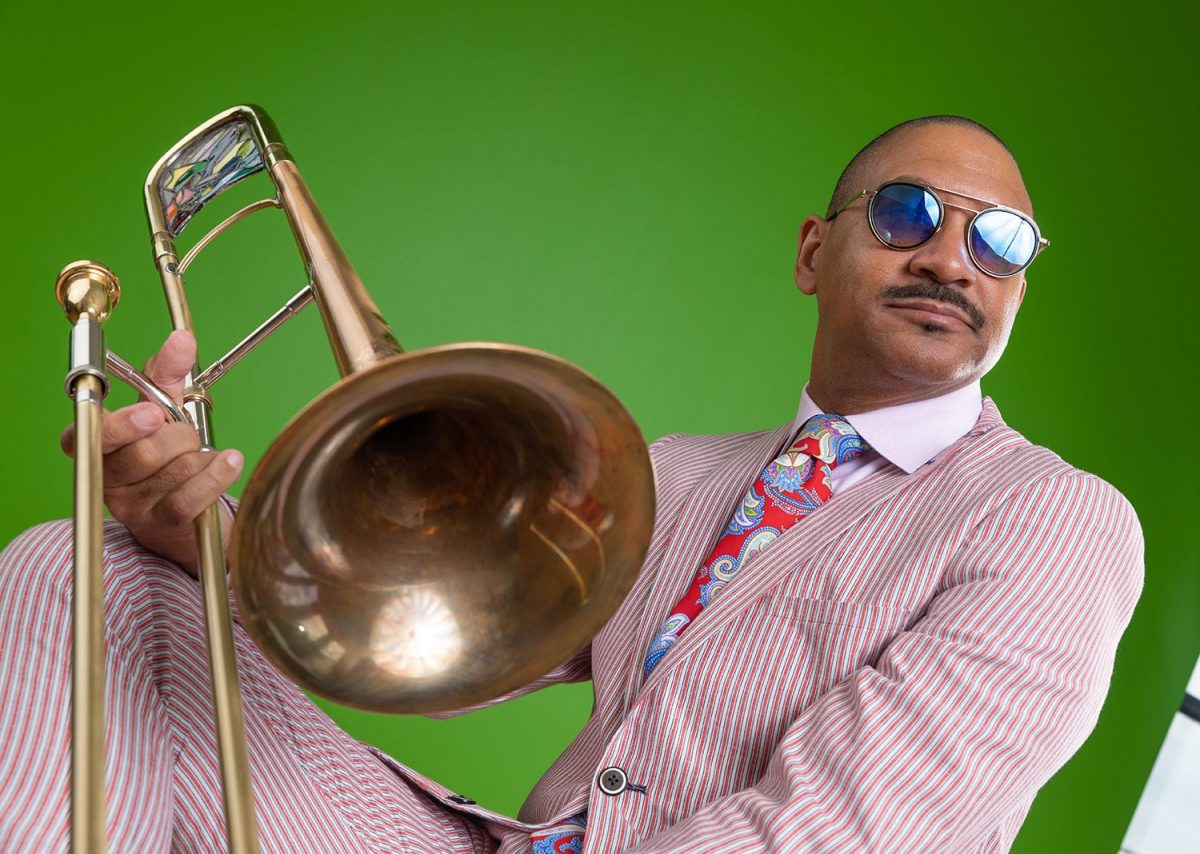

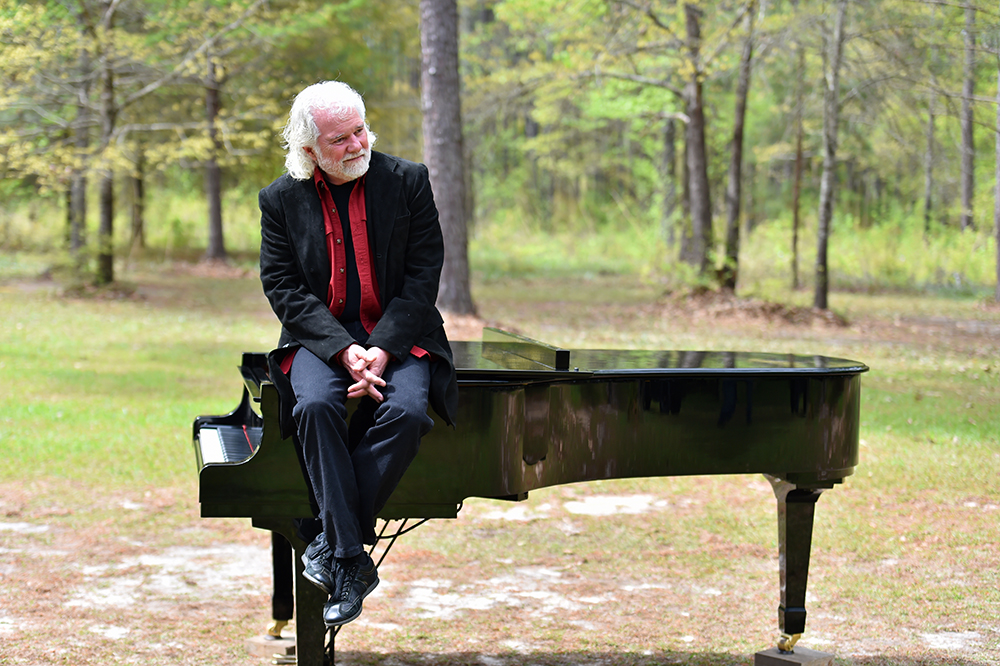
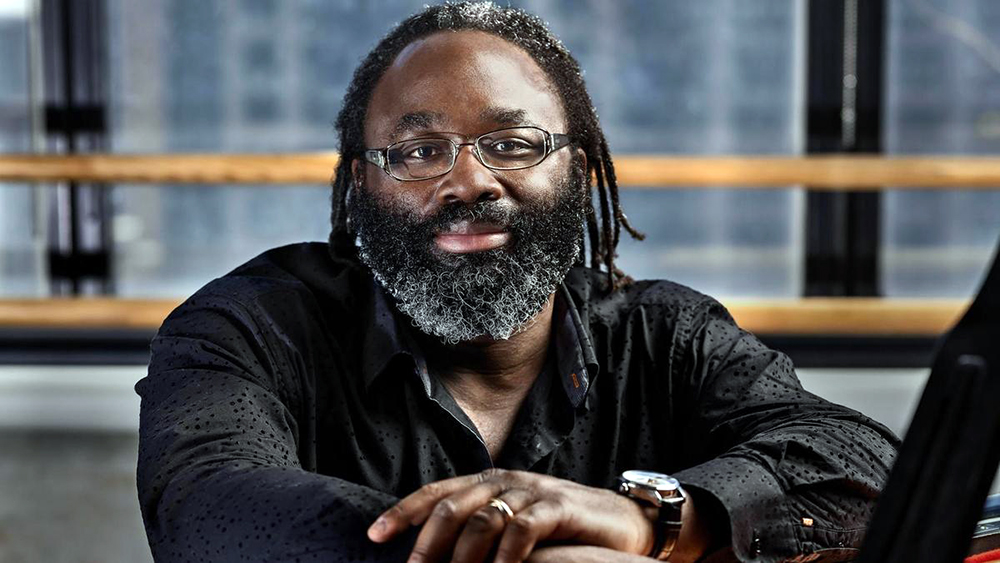
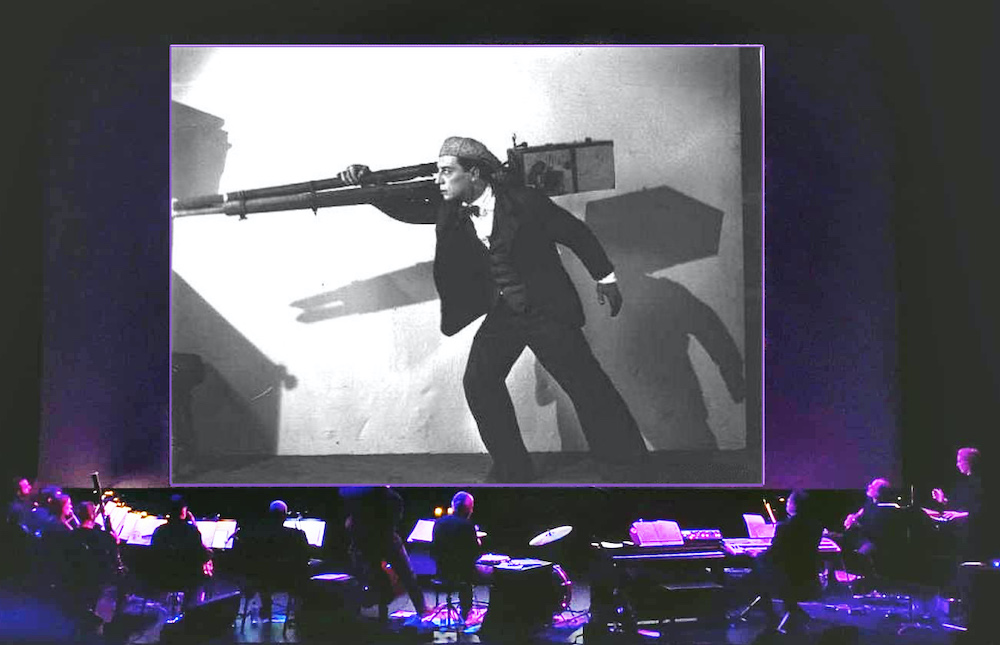

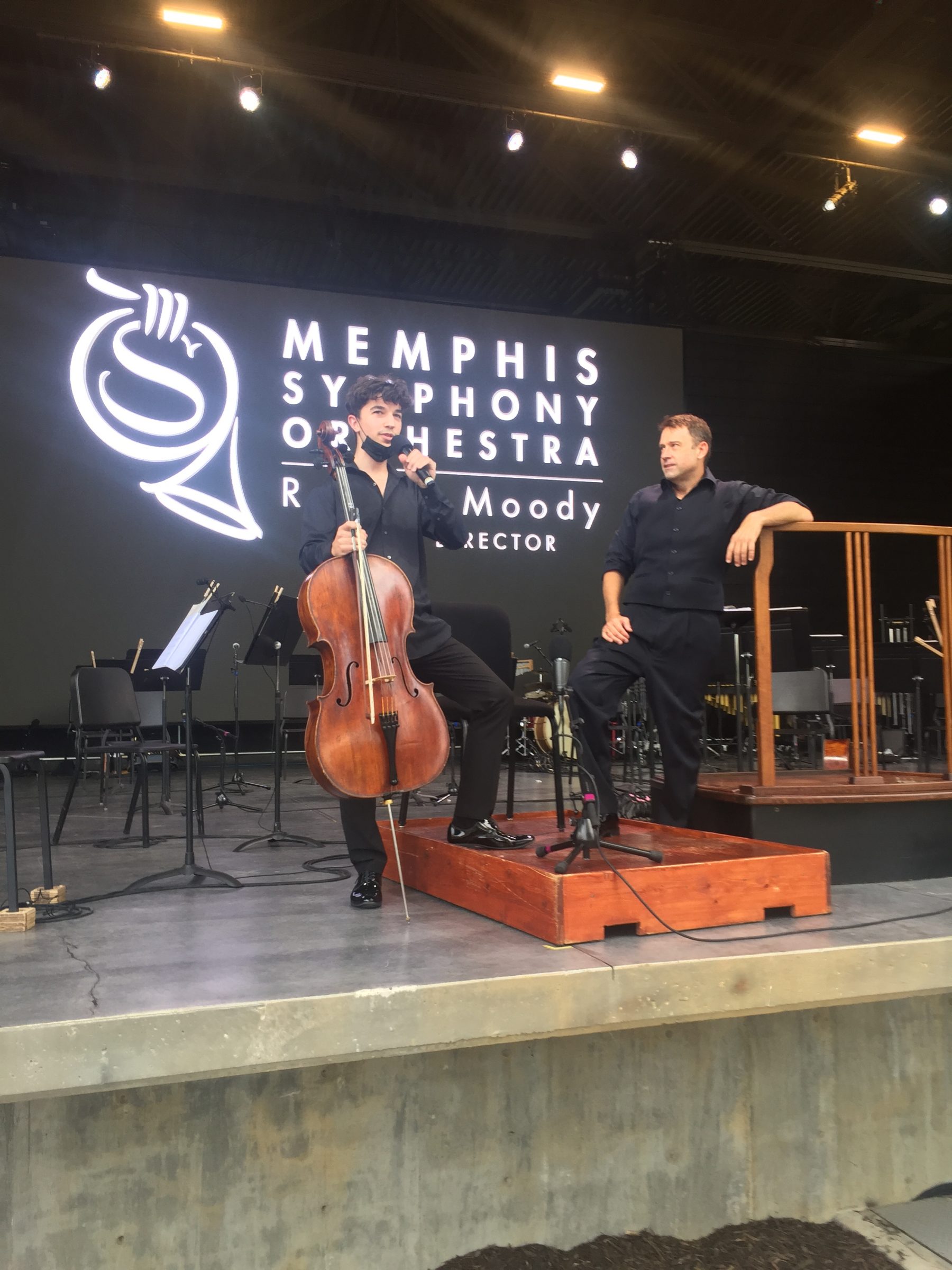
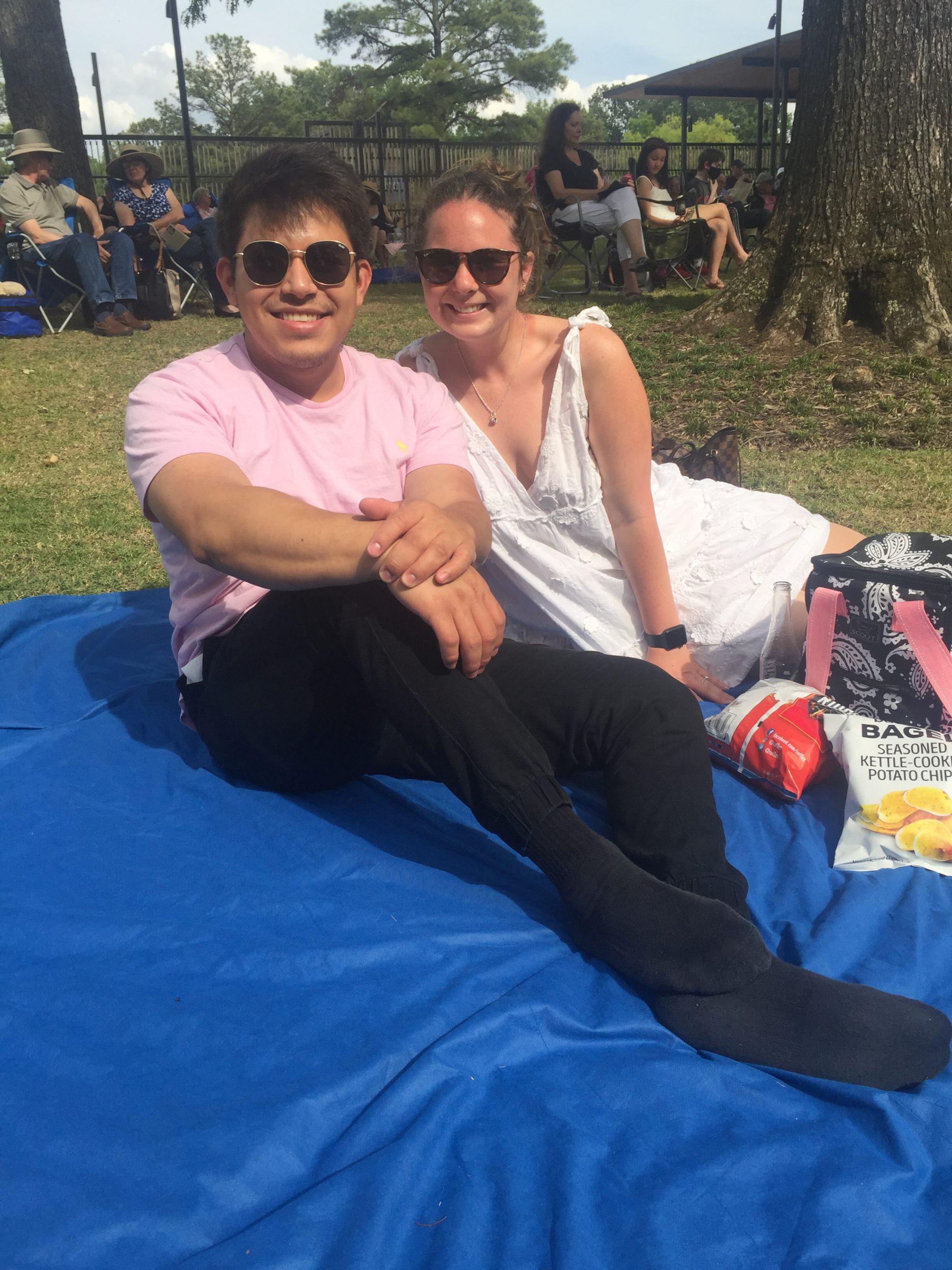

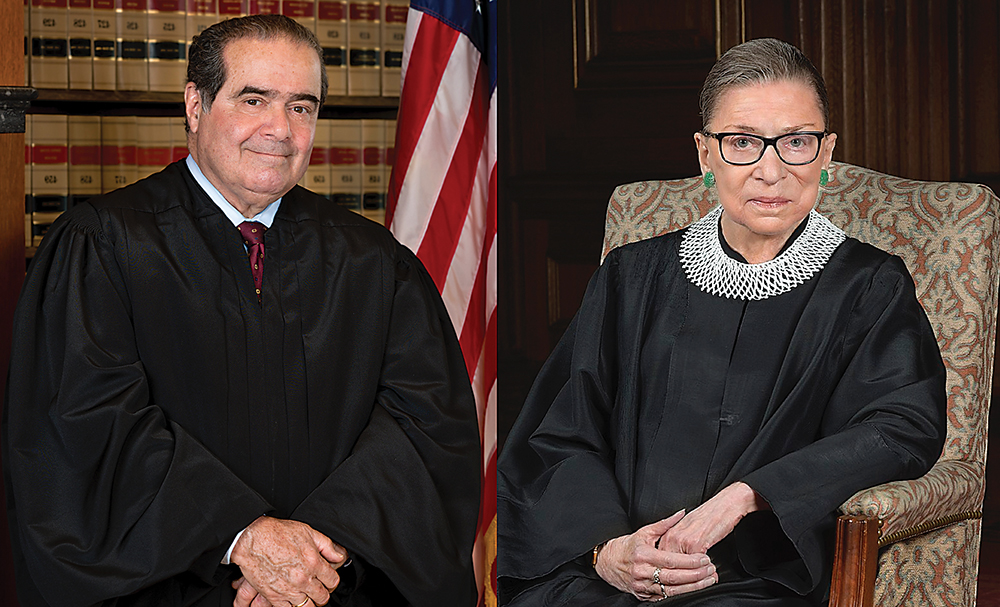
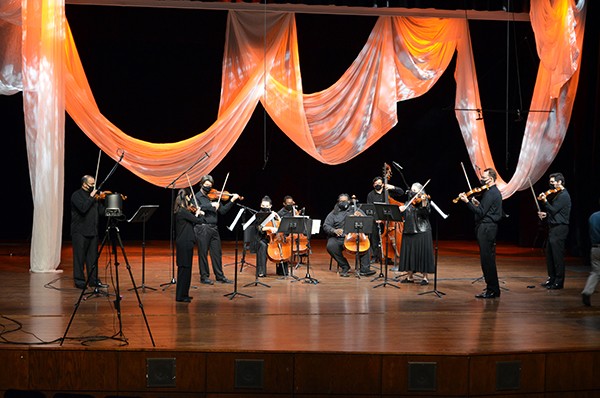 Iris Orchestra
Iris Orchestra 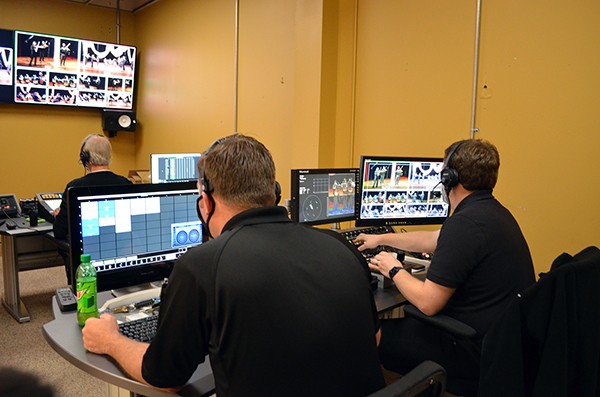 Iris Orchestra
Iris Orchestra